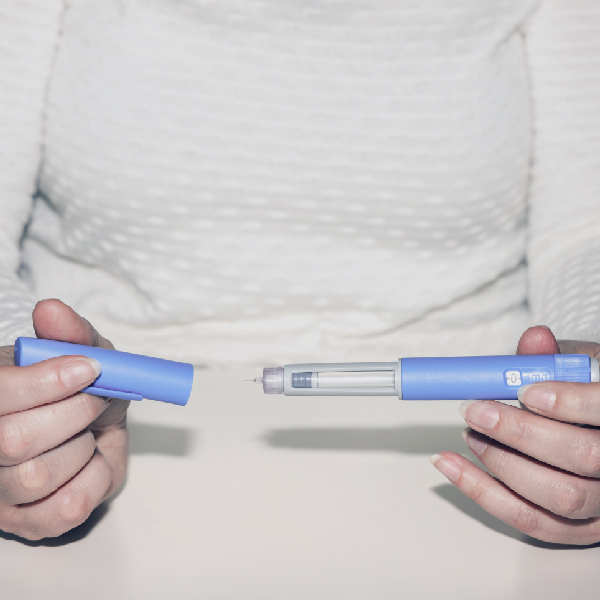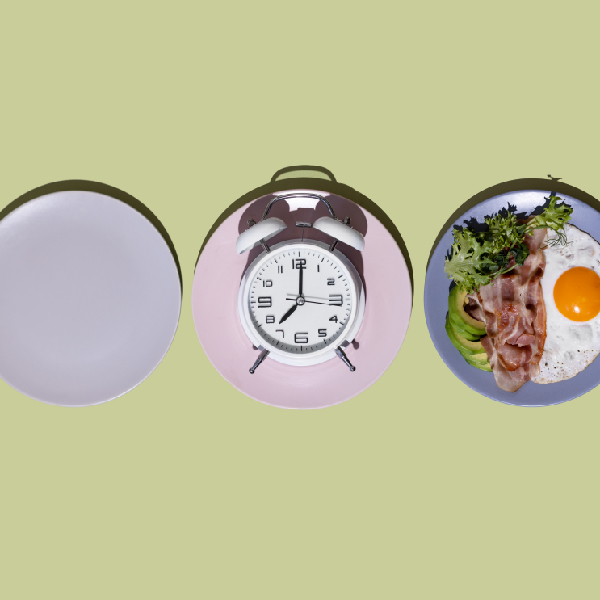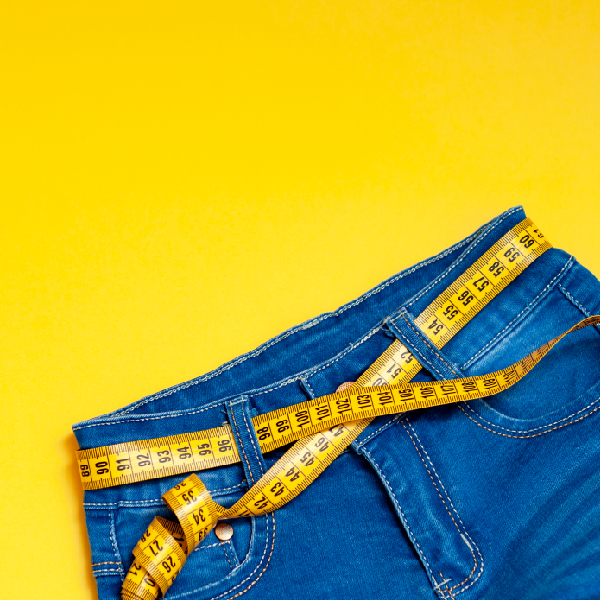Have you ever had a time when you just didn’t feel that you had enough time to eat a healthy meal before heading out for an appointment?
While this can be one of the most basic things to help keep your blood sugar under control sometimes we don’t build enough time into our busy schedules to prepare and eat food before running out the door.
And, with all of the summer festivals, sporting events, and fun outings, do you also worry about your eating getting completely out of control due to being at the whim of whatever foods are available?
Well, to gain more control over the foods available for your fast paced lifestyle, my suggestion is to keep an array of healthy grab-and-go foods on hand.
Healthy grab-and-go foods can be defined as foods that need little to no preparation which can be grabbed out of the refrigerator or kitchen cabinet and put in your travel bag, purse, or even a jacket pocket to be eaten while in the car, on a bus, or walking. The key is to select nutrient dense foods that represent selections from all the food groups: fruits, vegetables, whole grains, protein, and dairy foods. If you take just a few minutes the night before, you can have these food items portioned into small pieces and be prepared for the next day.
Some examples of grab-and-go foods that you might want to keep on hand may include the following:
• Fruit – all types of berries (blue berries, black berries, strawberries); cherries, plums, apples, red or green grapes
• Vegetables – baby carrots, broccoli florets, cucumber slices, celery sticks, cherry/grape tomatoes
• Whole grains – dry cereals like Chex or Cheerios, homemade granola mix, whole wheat crackers
• Protein – Greek-styled yogurt, mozzarella cheese sticks, sunflower or pumpkin seeds, walnuts, almonds or other nuts
• Water, 100% fruit Juice, low fat milk, or low sugar beverage
These foods can be combined in a zipper closing bag to make a trail mix or packaged separately. They can be placed in an insulated lunch bag the night before or just grabbed out of fridge on the way out the door. Without doing any cooking or food preparation you can eat a balanced meal on the go.
So, why is this so important? A research study by Barnes et al. (2015) reported in the Journal of the Academy of Nutrition and Dietetics on snacking habits will help in illustrating the answer. Snacking behavior including total calories from snacking, the timing and number of snacking occurrences, nutritional quality, and weight status as measure by body mass index was examined among 233 individuals involved in a worksite wellness initiative based within an urban medical complex over a three year period (2010-2013). Study participants were age 18-60; 67% female; 66% non-Hispanic white (14% non-Hispanic black, 10% Hispanic, and 8% Asian), 52% college graduates, not taking medications that would affect appetite and not currently on a diet to lose weight. Dietary consumption as analyzed using 24- hour food recalls on three occasions by trained telephone interviewers. Body weight and heights were measured at the initial base evaluation with BMI calculated from the values measured (Barnes et al).
Results indicated that, on average, there were 2.1 snacking occurrences daily with an average intake of 404 calories per day, the majority consumed in the afternoon (Barnes et al, 2015). It was concluded that the total amount of energy from snacking as well as the frequency of snacking did not affect diet quality or weight status. It did, however, reveal that the types of snack foods consumed, particularly high sugar foods (e.g., cakes and other desserts and sugar sweetened beverages) were predictive of poor diet quality and higher body weights while snacks of fruit, juice, or nuts were associated with improved diet quality and snacks of vegetables were associated with lower body weight status (Barnes et al.). Although other studies have shown a moderate to strong relationship between diet frequency and diet quality (Nicklas, O’Neil, Fulgoni, 2014; Zizza & Xu, 2012), this study was different in that it looked to understand the contribution of specific snacking food groups on overall diet quality and did not see a relationship between snacking frequency and diet quality.
The main take-away here is that the act of snacking is not a problem and can actually be a positive contributor to the overall quality of the diet if care is taken to select the healthier food choices. These food categories are the same foods that are consistent with recommendations for diabetes control which includes a meal pattern of foods higher in fiber, fresh fruits and vegetables, whole grains, low fat dairy, and high quality protein, including those from plant based sources (e.g., nuts, seeds, and beans). Individuals living with diabetes, as well as others concerned about maintaining a healthy weight, can take comfort in knowing that eating on the go can be a healthy addition to their daily meal plan with the selection of healthy grab-and-go foods. Now for some great summer fun activities on the run…
References
1) Barnes, TL, French, SA, Harnack, LJ, Mitchell, NR, & Wolfson, J. (2015). Snacking behavior, diet quality, and body mass index in a community sample of working adults. J Acad Nutr Diet. 115(7):1117-1123.
2) Nicklas, TA, O’Neil, CE, & Fulgoni, VL, III (2014). Snacking pattern, diet quality, and cardiovascular risk factors in adults. BMC Public Health, 14:388.
3) Zizza, CA & Xu, B. (2012). Snacking is associated with overall diet quality in adults. J Acad Nutr Diet. 112(2):291-296.




